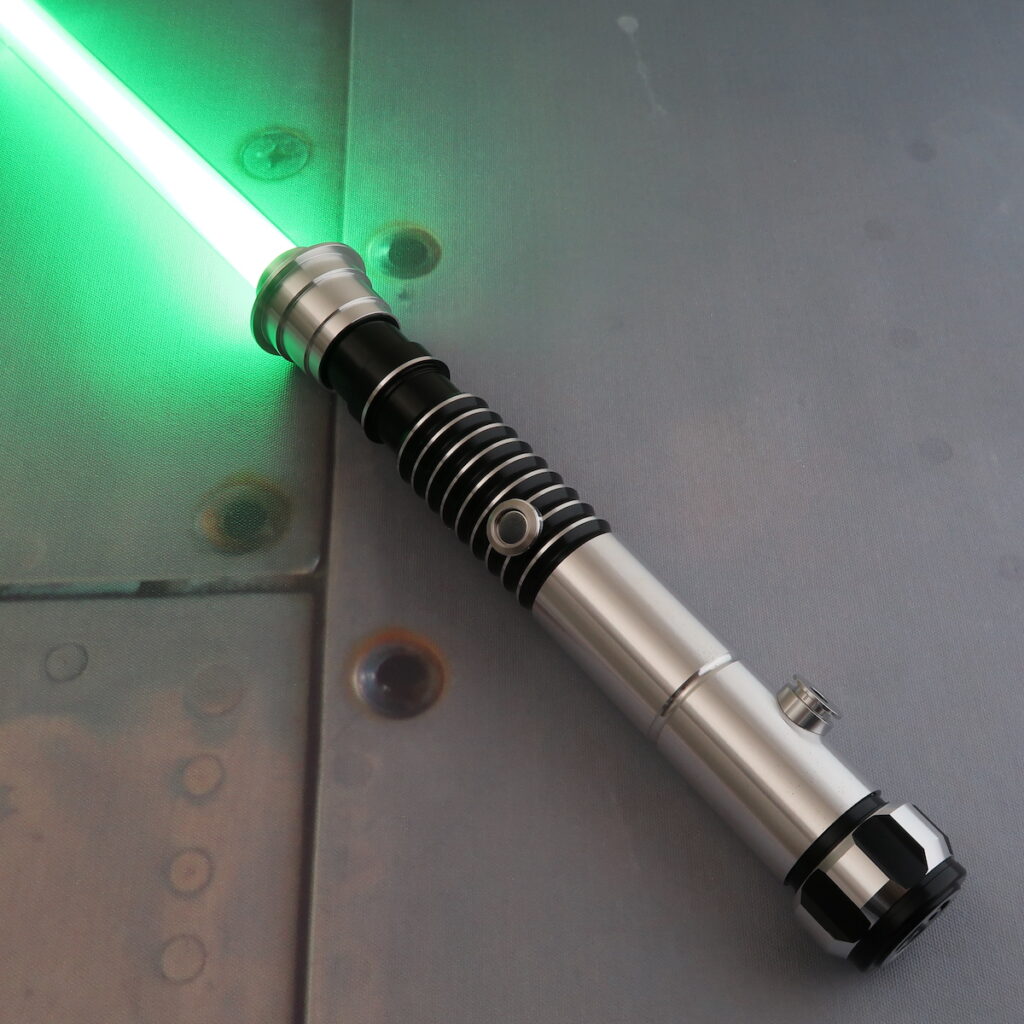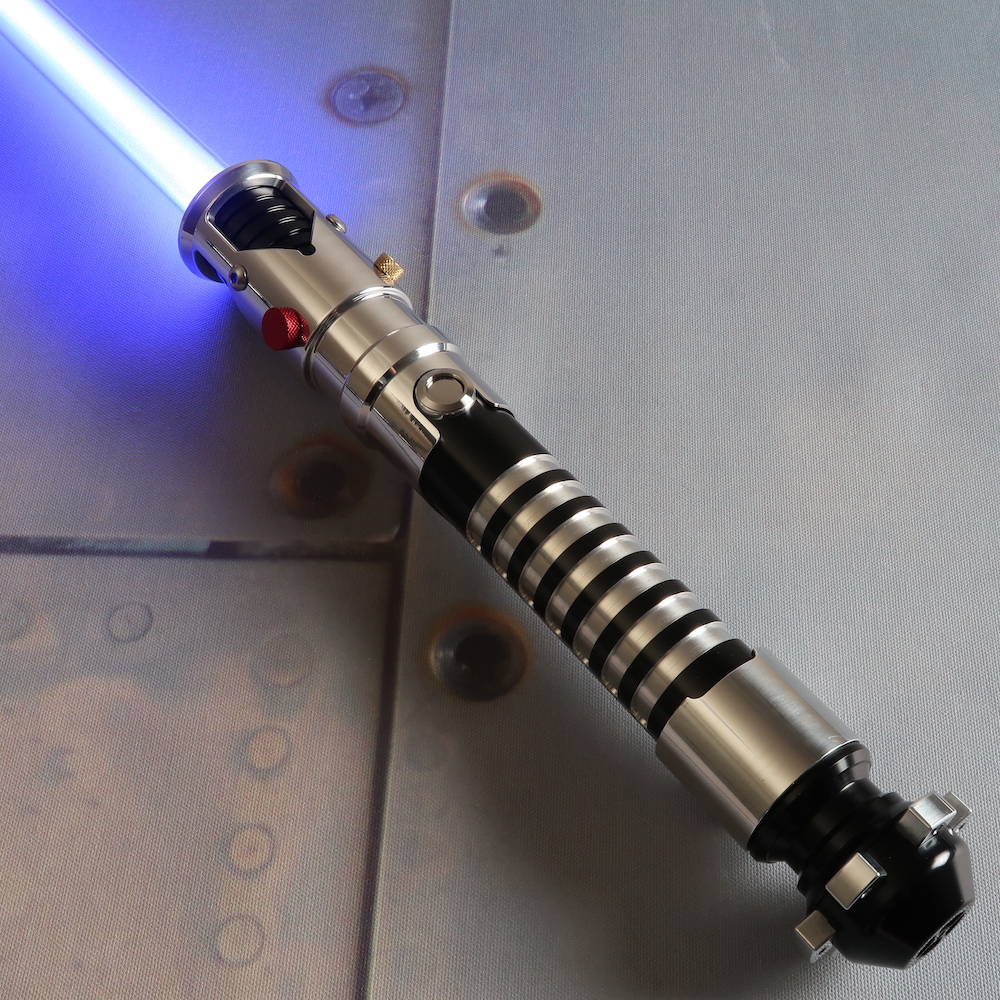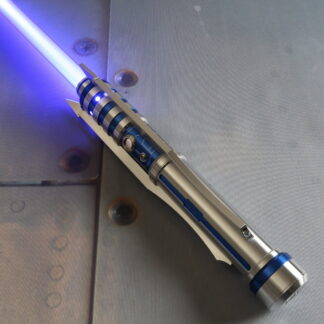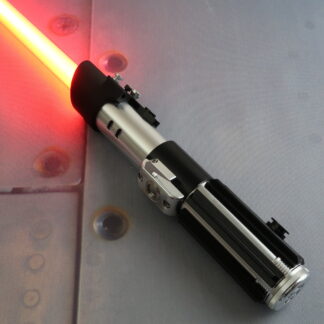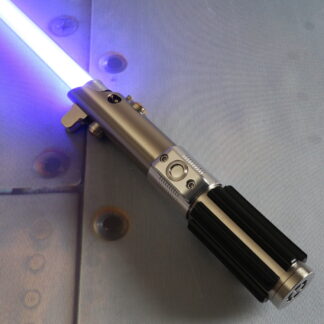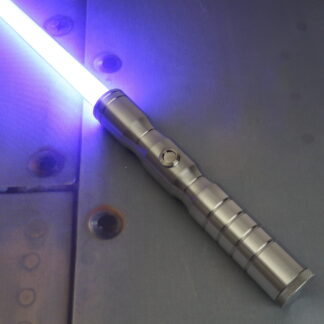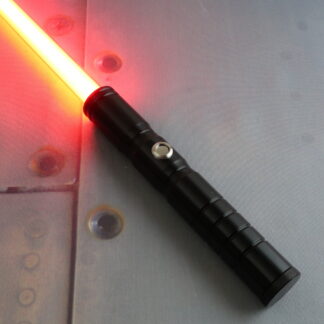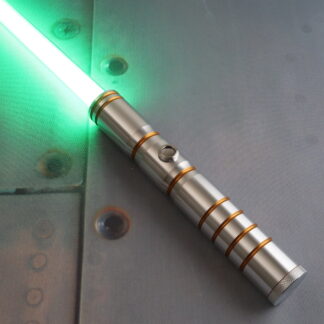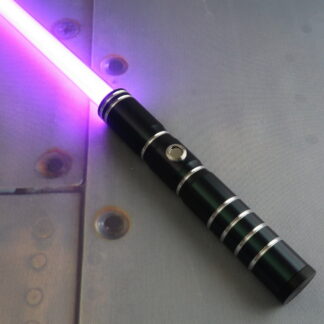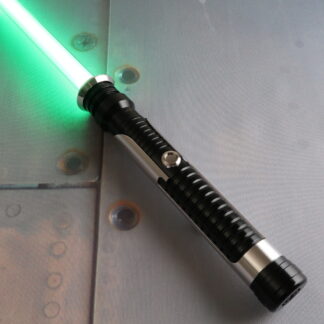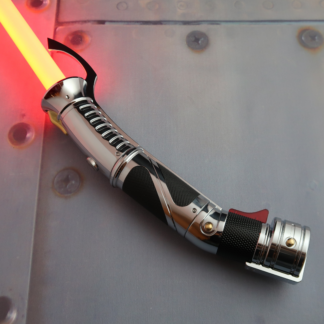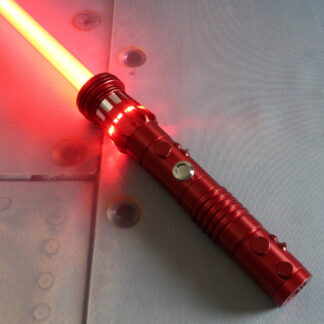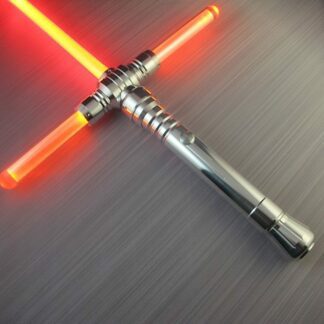A Deeper Look At Lightsaber Form I: Shii-Cho Combat Style
The oldest of the seven lightsaber forms, as well as the most basic, is Form I (1), Shii-Cho, otherwise known as The Way of the Sarlacc and The Determination Form. The intricacies of lightsaber combat can take years—even a lifetime—to master.
What novice fans do not realize, however, is that Star Wars lightsaber battles are not just simply two people trying to hit each other with the aid of tactics that are entirely improvised in the moment. Although saber duels may look like chaotic hack-and-slash affairs to the untrained eye, in actuality, each participant usually draws upon one of the seven defined styles of lightsaber combat forms, which were developed and formalized at various points throughout history. Curious which form suits your fighting style? Take our quiz, What Your Lightsaber Combat Form Says About You for personality insights.
Shii-Cho is traditionally the first lightsaber form taught to Jedi initiates. Aside from existing as a valid combat form in its own right, Star Wars’ Shii-Cho teaches fundamental skills that are important for mastering forms of more recent vintage. Given that, Shii-Cho is the ideal starting point for Ultrasabers’ exploration of the seven lightsaber combat forms.
Master The Shii-Cho Lightsaber Form With a Custom Saber
The Development of Shii-Cho
As with so many traditions of ancient origin, it is not possible to pinpoint when Shii-Cho arose, although it is virtually certain that it was a Jedi invention. Most likely, it came together over a considerable period with input from numerous practitioners whose names are not known to us. The result of this development was a fairly basic style that allowed practitioners to learn simple but powerful offensive and defensive moves.
Over time, newer styles like Form II: Makashi, Form III: Soresu, and Form IV: Ataru emerged to address specific combat scenarios, but Shii-Cho’s core principles remain essential for any saber wielder. Lightsaber Form 1/I is primarily devoted to strikes and parries similar to those used in traditional sword fighting. This feature of Shii-Cho no doubt derives from its origins in the early lightsaber era. The wielders of the newly invented lightsaber, having no other inspiration to rely on, based their style on techniques that were associated with the standard sword that had been used for ages. These borrowed techniques were highly effective when utilized by lightsaber practitioners in this era.
Much of the effectiveness of Form I lightsaber combat stemmed from the inherent superiority of the lightsaber over old-fashioned melee armaments, such as clubs and polearms. A wooden club or a steel sword is obviously no match for a plasma lightsaber that can cut through almost anything. For this reason, the Shii-Cho form included broad, sweeping strikes that could simultaneously attack multiple targets. However, Shii-Cho generally emphasized disarming opponents, in line with the Jedi philosophy, rather than delivering lethal blows.
Lightsabers Great For Beginners
Strengths of The Shii-Cho Lightsaber Form
Shii-Cho’s greatest strengths are its simplicity and versatility. As the foundational lightsaber combat form, it provides Jedi initiates with the core principles of bladework, movement, and balance. Shii-Cho Form’s expansive motions and gliding strikes allow for crowd control and disarming rather than killing, which aligns with the Jedi philosophy of valuing peace over aggression.
The style is intuitive and relatively easy to learn, making it a cornerstone of training for those new to lightsaber combat. Unlike advanced lightsaber forms like Makashi (dueling finesse) or Ataru (acrobatic aggression), Shii-Cho teaches discipline and spatial awareness with minimal risk of overextension.
Shii-Cho may be the most basic lightsaber style, but that does not mean it is ineffective. In fact, it’s a well-rounded form built on balance, discipline, and fundamental combat mechanics. One of the first lessons taught to younglings or beginners is the Shii-Cho stance, which emphasizes a wide-set footing and sweeping blade movements. This easily enables the wielder to create space and maintain control. Its broad, arcing strikes are particularly effective when dealing with multiple attackers, and its emphasis on disarming rather than injuring reflects the core Jedi philosophy of restraint and peacekeeping.
Because of its open movements and general-purpose techniques, Shii-Cho pairs well with standard single-blade lightsabers, especially those designed for training or all-around combat to master Form I.
The Shii-Cho lightsaber form is especially effective in chaotic or unpredictable battles, where the practitioner may face multiple opponents or encounter unconventional weapons. It builds physical coordination, confidence, and a deep respect for the weapon itself—qualities that carry forward into every other lightsaber form.
The Limitations of Shii-Cho
Originating in an era before lightsabers were widely distributed across the galaxy, Shii-Cho wasn’t initially intended for one-on-one combat with another saber wielder. That became a problem as the Jedi found themselves squaring off against opponents who were adept with the lightsaber.
Its limitations in this area were a key reason why more specialized lightsaber forms, based on martial arts moves, such as the precise Makashi or the defensive Soresu, were developed. As a result, Shii-Cho is most commonly viewed as a training form that’s crucial for mastering the basics, but not ideal for experienced duelists facing fast or unpredictable foes. Nonetheless, Shii-Cho has always been considered a valid combat form, whose in-the-field practitioners include the legendary Obi-Wan Kenobi. It is also Jedi Master Kit Fisto’s lightsaber form of choice.
The Legacy of Shii-Cho & Famous Practitioners
Despite its simplicity, the Shii-Cho lightsaber form has stood the test of time. As the foundational style of the Jedi Order, it instilled key principles of control, disarmament, and discipline in generations of Force users. Its legacy is not only one of training but of real-world application in moments of battle and moral clarity.
When it comes to this lightsaber form, Kit Fisto is the most iconic wielder. Known for his fluid, confident movements, Jedi Master Fisto demonstrated how this basic form could be applied with lethal efficiency during the Battle of Geonosis. Some sources also suggest that Obi-Wan Kenobi may have received early training in Shii-Cho before transitioning to Soresu, utilizing its sweeping strikes and disarming techniques in his early development.
Lightsaber Form I was the foundation for Jedi Exile Meetra Surik’s combat skills, who went on to specialize in Form V: Djem So and Form VI: Niman. Other Jedi, including countless Temple guards and instructors, passed on Shii-Cho as a rite of passage, teaching younglings to respect the lightsaber’s power without relying on aggression. Even as more advanced styles gained popularity, Shii-Cho’s influence endured in the training halls of Coruscant and beyond.
Impressive Battle-Ready Lightsabers
Create Your Own Saber & Join The Community
Curious how Form I lightsaber combat fits into your Star Wars journey? Join the official Ultrasabers discussion board at SaberForum.com to discuss everything from favorite character lightsabers, colors, forms, and anything else related to this galaxy far, far away. You can also contact Ultrasabers with your questions about our battle-ready combat lightsabers. Whether you are refining your skills or building your first saber, Ultrasabers has everything you need to bring your training to life.


